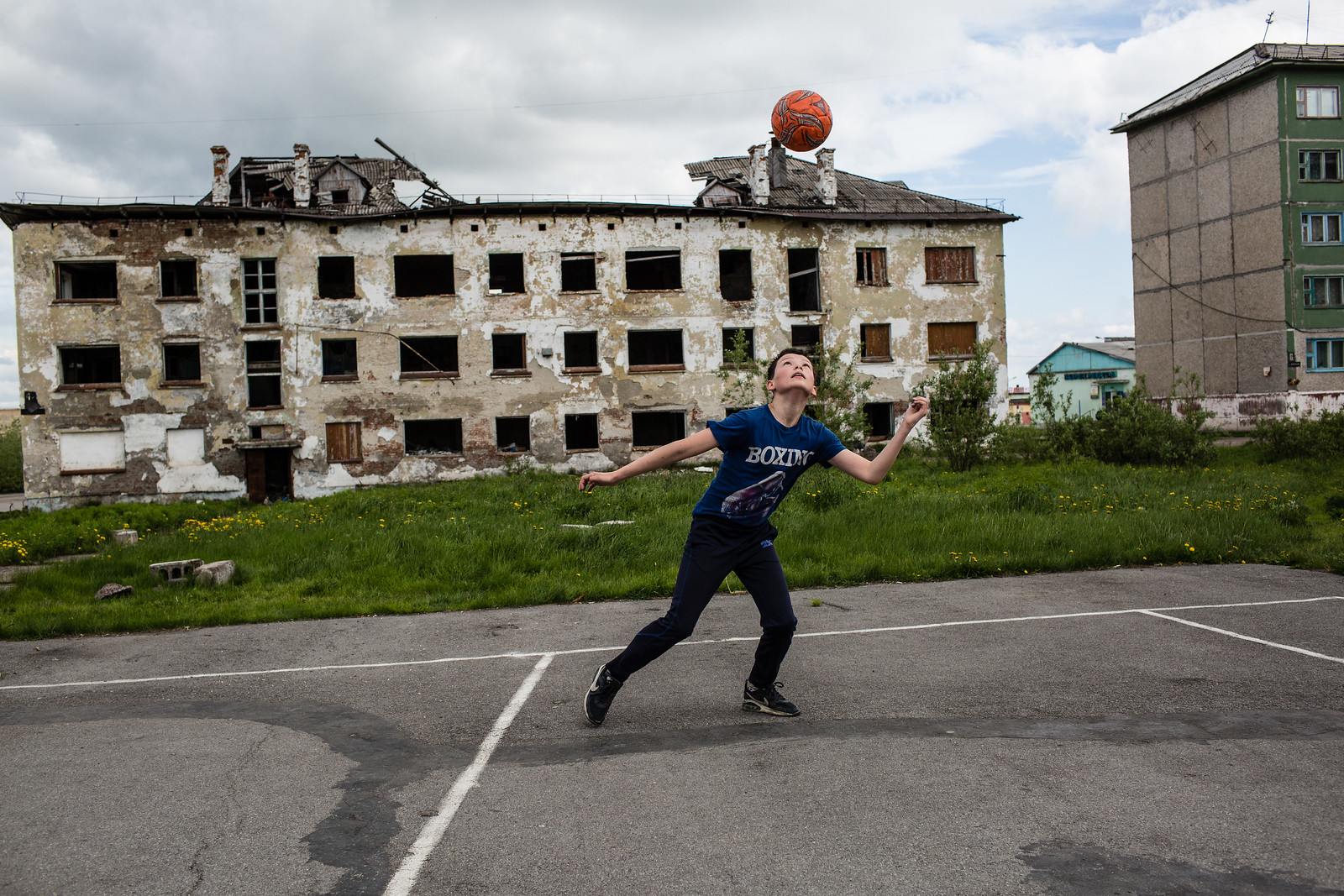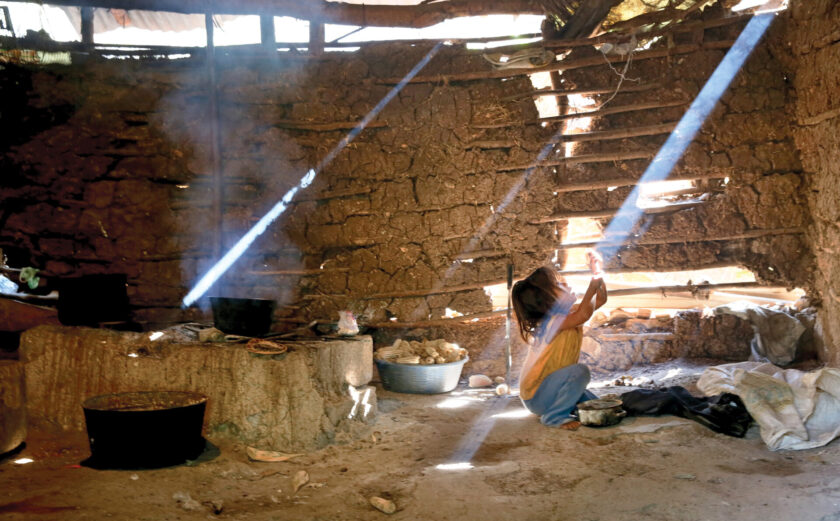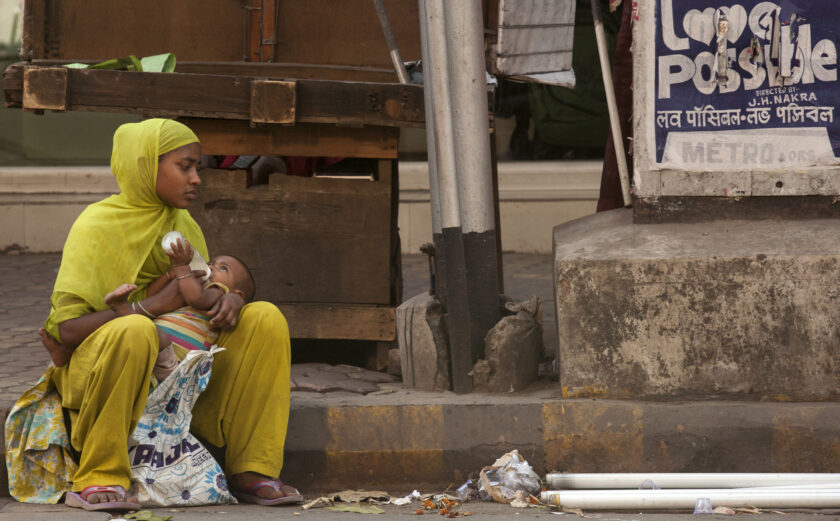
Greening Humanitarian Shelter and Settlements Responses
InterAction Celebrates World Habitat Day
Today is World Habitat Day—a time for the world to come together to create sustainable, carbon-neutral, inclusive communities for all.
As we celebrate amid preparations for COP26—the United Nations’ annual climate conference—the Global Shelter Cluster, an inter-agency coordination mechanism that works closely with the InterAction community, joins numerous calls to action worldwide to ensure that environmental considerations and climate change mitigation actions are strengthened throughout the NGO sector.
The reason is simple: with an increasing number of people displaced worldwide, we must take radical decisions and act upon them now to reduce future shelter needs and save lives.
2020 saw a record number of people on the move due to climate and weather-related extreme events. By 2050, the number of people forcibly displaced due to climate disasters is expected to increase to 200 million people per year. These rising humanitarian needs are of grave concern for shelter and settlement practitioners, who are already struggling to meet shelter needs across the globe. During the first half of 2021, there was an average global funding gap of 83% for the overall shelter sector, limiting shelter actors’ ability to offer assistance to 7.3 million out of the 28.5 million people in need of shelter assistance.
There is growing global awareness that climate impacts are more severe than initial predictions. Countries that contribute least to greenhouse gas emissions are those most affected, and these disasters severely impact already vulnerable and marginalized communities. Emerging evidence indicates strong links between conflict and a changing environment, including more frequent and intensified floods. For example, 35% of households have faced disasters exacerbated by climate change.
Shelter and settlement actors are at the forefront of preparedness activities, life-saving responses, and recovery phases. In this sense, these actors are acutely aware of their role in improving the environmental impact of humanitarian responses through a variety of greener and climate-smart approaches. A wide range of decisions in shelter programming can save thousands of lives and have immediate implications for mitigating risks, including selecting settlement locations with reduced disaster risk, using more resilient materials for construction, and reducing the use of plastics where possible in household shelter kits. Carefully designed cash-based interventions combined with locally procured and environmentally friendly materials can also reduce carbon emissions.
For example, we can learn important lessons from Vanuatu, a country comprising over 80 islands in the Pacific Ocean and affected by numerous natural hazards over the years. After a tropical cyclone in 2020, the Global Shelter Cluster partnered with local authorities and actors to develop an environmental checklist to guide interventions of humanitarian actors for more effective and locally prioritized actions.
This World Habitat Day, InterAction and the Global Shelter Cluster calls upon all its partners to increase their efforts, share resources, and capitalize on current successes to provide even more emphasis for greener shelter and settlement responses.
The key to success is a collective approach among donors and humanitarian practitioners to ensure Do No Harm principles can truly be applied to mitigate the worst impacts of climate change.
Kimja Vanderheyden is the Global Shelter Cluster’s Global Focal Point for Advocacy.
Briar Goldwyn is a Civil Engineering Ph.D. Candidate at the University of Colorado Boulder and InterAction’s current Shelter Research Fellow.








